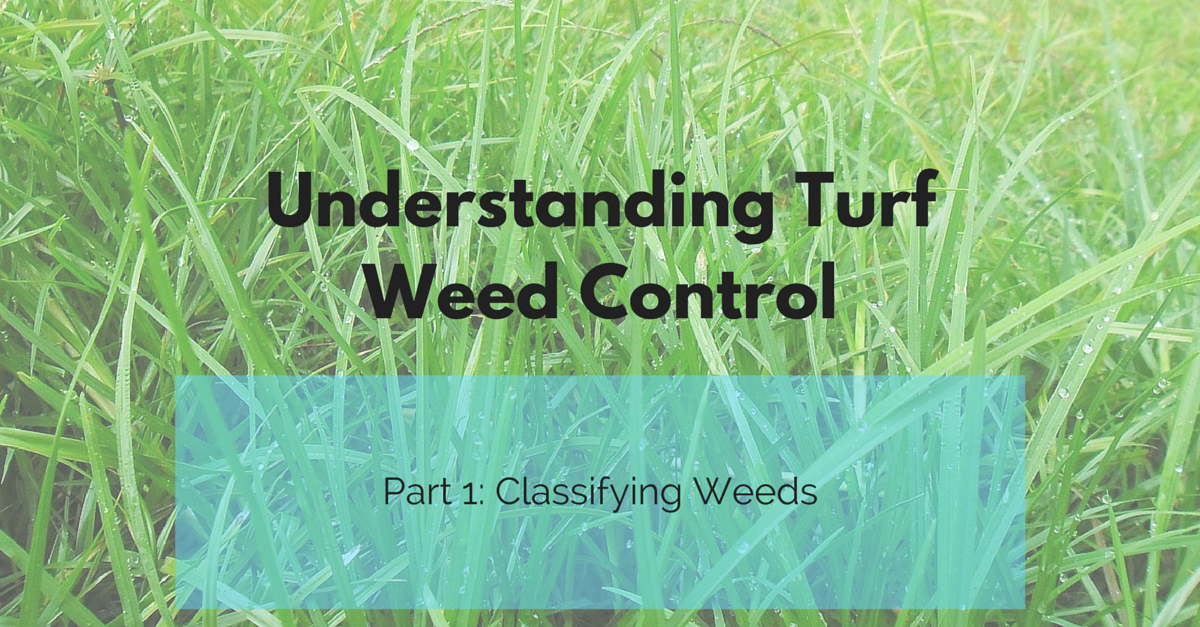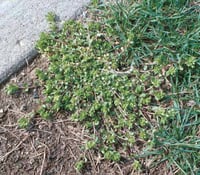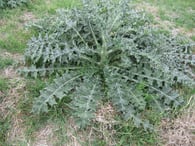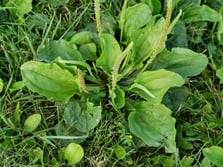
Why do Weeds Exist?
Understanding the specific weed problem you have can uncover indicators of unfavorable conditions.
For example, knotweed frequently occurs in areas of severe soil compaction, ground ivy thrives under trees where there is insufficient sunlight and red sorrel is usually indicative of overly acidic soil.
It’s important to identify the problem that your turf has in order to properly asses what can and should be done to remedy your lawn. But first, let's get a grasp for when St. Louis lawn weeds will be prevalent.
Classifying St. Louis Lawn Weeds
It’s beneficial to have a basic understanding of a weed’s lifecycle, growth and reproduction strategy in order to design best practices for defeating them. Weeds can be categorized into 3 different botanical groups of annuals, biennials and perennials.
Annual Weeds
 Annual weeds complete their lifecycle within 1 year and will die off on their own if left untreated.
Annual weeds complete their lifecycle within 1 year and will die off on their own if left untreated.
Winter annual weeds, such as chickweed (shown in the photo) & henbit, germinate in late summer and die the following summer with the heat.
Summer annual weeds germinate in spring and die off with the first hard frost in the fall and include spurge and crabgrass.
Biennial Weeds

Biennial weeds will live longer than the annual weeds, but not longer than 2 years.
The first year, seeds will germinate and grow and in the second year they will flower. After flowering and seed production they will die off. Common examples in our area include bull thistle (shown in the photo), wild carrot and evening primrose.
Perennial Weeds
 Perennial weeds will live for more than 2 years and sometimes indefinitely.
Perennial weeds will live for more than 2 years and sometimes indefinitely.
Weeds like quackgrass & nutsedge can reproduce using stolons, rhizomes, and nutlets. These forms of reproduction all take place underground making them tougher to eliminate. Wild onions and garlic grow from a bulb, just like the store bought kind.
Other perennial weeds like dandelions and plantains (shown in the photo) are designed to spread mostly by seed above ground. Dandelions will come back year after year if their long taproot is not removed or properly treated.
Continue Reading Part 2: Weed Control Methods
Awesome, so now that we know how to classify St. Louis lawn weeds, we're ready to get rid of them! In part 2 of this series we will explore weed control methods: when to treat them and with what type of herbicide.
Click on one of the links below to continue reading this series:


